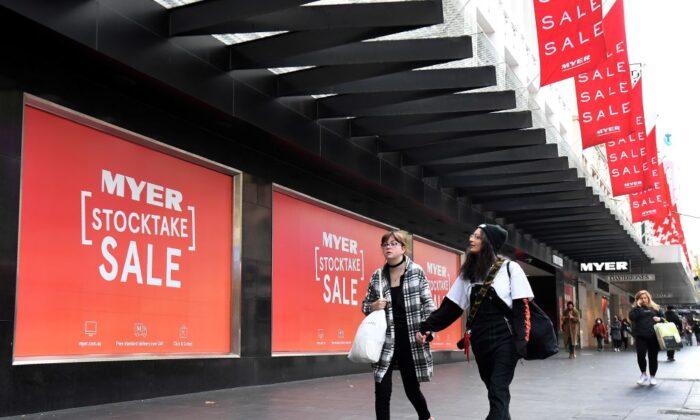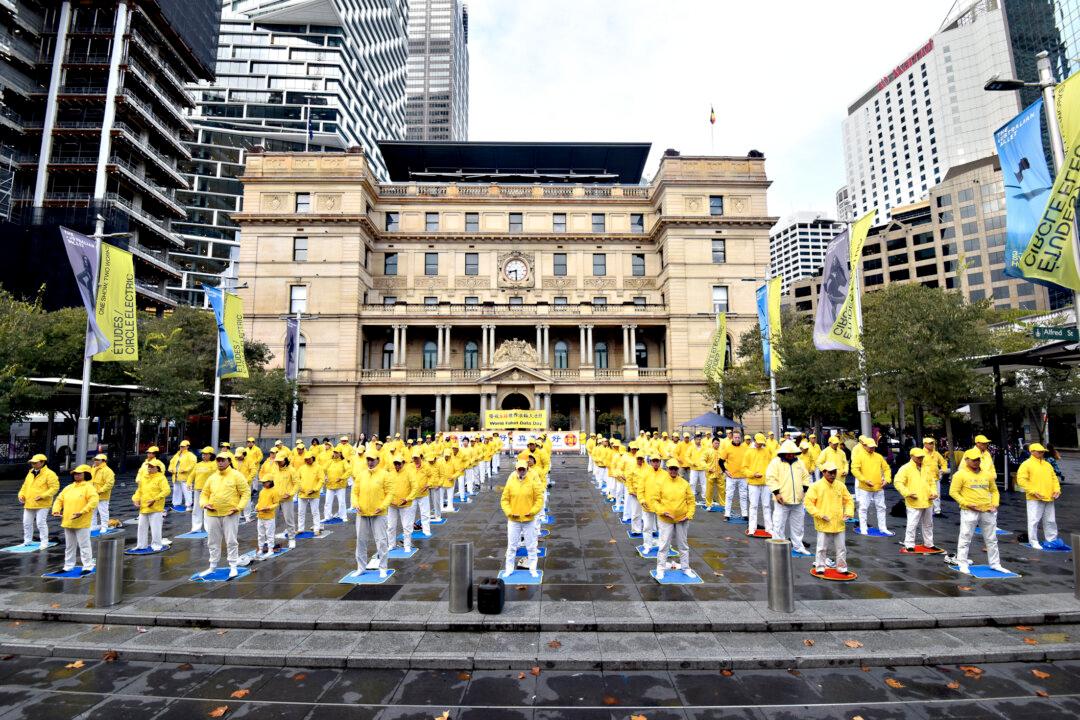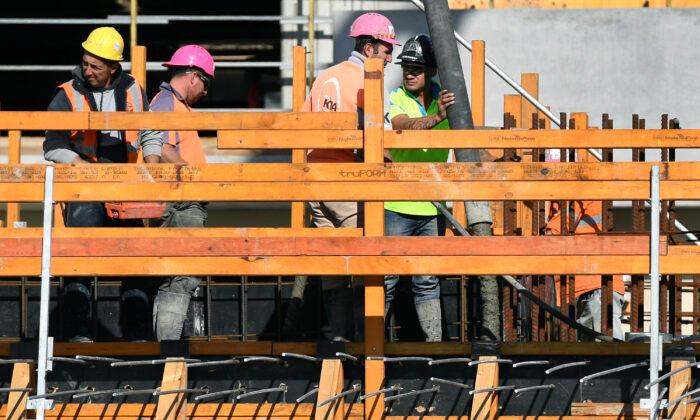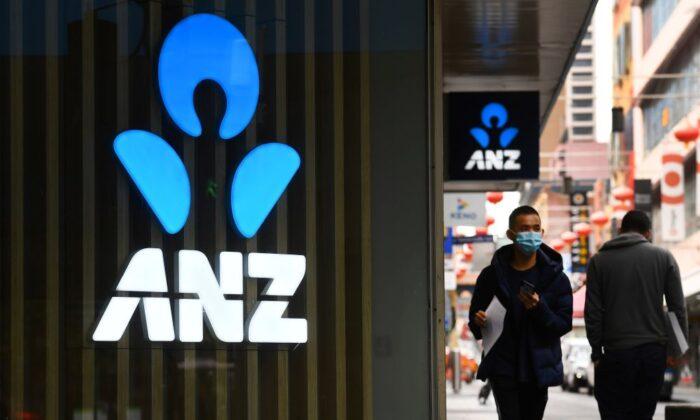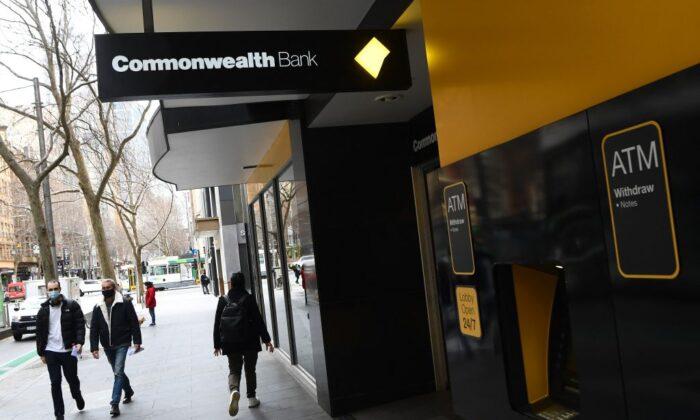That said, businesses seem unlikely to hire or expand anytime soon due to global and domestic uncertainties, so the government may need to continue providing relief funds, according to NAB.
Lifting Restrictions Saw Some Improvement
Not unexpectedly, business conditions remained weak in May but did rise by 10 points to -24 index points led by retailers and the manufacturing sector. The services sector has been the worst-hit.“This month’s results accord with what we have seen elsewhere, with restrictions having generally been eased—though to varying degrees across the states—there have seen some pickups in activity,” said Oster.
The survey indicated that forward orders improved but remain lower than levels seen in the 90s recession, suggesting “short-term activity is likely to remain weak.”
Government Support is Necessary
The survey also reflected the scope of the pandemic’s impact on businesses across Australia, with one-third of respondents reporting a major negative impact.“The business survey points to a very large fall in activity for Q2 following the fall recorded in the Q1 national accounts last week,” Oster said.
For the recovery to continue, Oster holds that ongoing support from both the RBA and the government is a necessity, arguing for the need to continue the Jobkeeper program.
“We expect the economy will continue to require ongoing support from policymakers—particularly as existing measures naturally end,” he said. “This will likely come from ongoing fiscal support while we expect the RBA to keep rates very low for an extended period.”
The survey came out just after the federal government announced that the Jobkeeper wage subsidy scheme would no longer apply to childcare workers from July.
The Jobkeeper scheme, which has benefited about 3.5 million workers with a $1500 fortnightly wage subsidy, was legislated for six months until the end of September.
Treasurer Josh Frydenberg indicated that the government is reviewing the scheme and did not rule out that other sectors may see the payment come to an end sooner than September.
Peak Jobless Rate Revised Down
Treasury Secretary Steven Kennedy signalled a faster recovery and lower unemployment rate than initially expected during a Senate Select Committee on COVID-19 meeting on June 9.“We have been steadily revising down our expectations of how high the unemployment rate will rise because of the fact that the health scenario has continued to improve,” he told the Committee.
“I think the unemployment rate won’t go as high as previously thought,” he said. “I think the unemployment rate by September will likely be in the order of 8 percent.”
Based on the assumption that the Jobkeeper scheme will continue, NAB also revised down the jobless rate, expecting it will peak this year at a much lower rate—around 8.5 percent.
